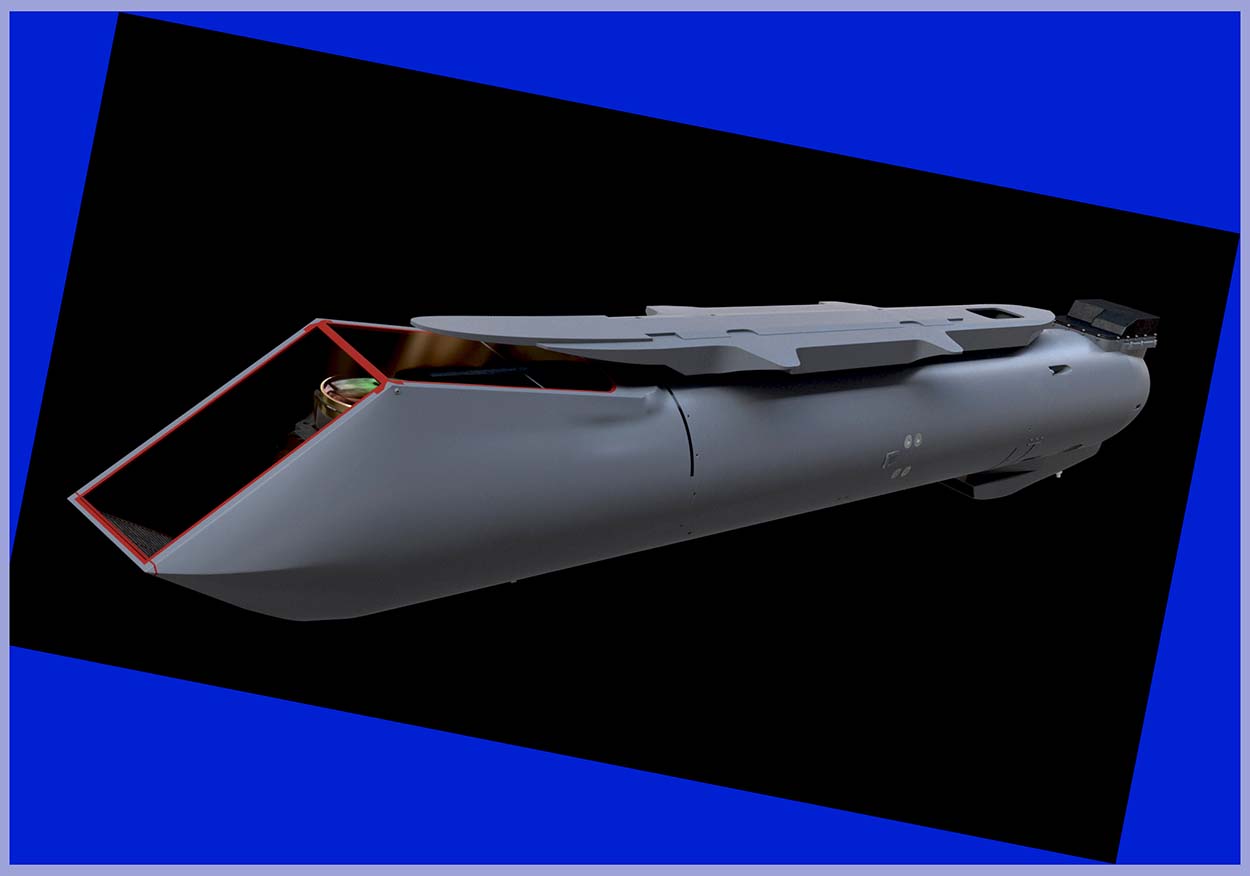To ensure positive target identification, autonomous tracking, GPS coordinate generation, and precise weapons guidance from extended standoff ranges, it is essential to get to Know the Best of the Lockheed Sniper Targeting Pod. This cutting-edge electro-optical and infrared (EO/IR) targeting system is primarily utilized by military aircraft for precision targeting and surveillance missions. Developed by Lockheed Martin, this advanced pod integrates seamlessly with a wide range of combat aircraft, including fighter jets and bombers.

The Sniper system provides pilots with exceptional long-range target detection, identification, and tracking capabilities. In U.S. military service, this system is designated as the Sniper Advanced Targeting Pod (AN/AAQ-33). There are also further variants, such as the Sniper Extended Range (XR), along with the PANTERA export derivative of the Sniper XR.
These pods feature high-resolution sensors that offer both day and night vision capabilities, as well as laser designator and rangefinder functionalities. With its superior image stabilization and advanced image processing, the Sniper system significantly enhances target recognition and engagement across various operational environments. As of 2023, the most modern version available is the Sniper Advanced Targeting Pod – Sensor Enhancement (ATP-SE).
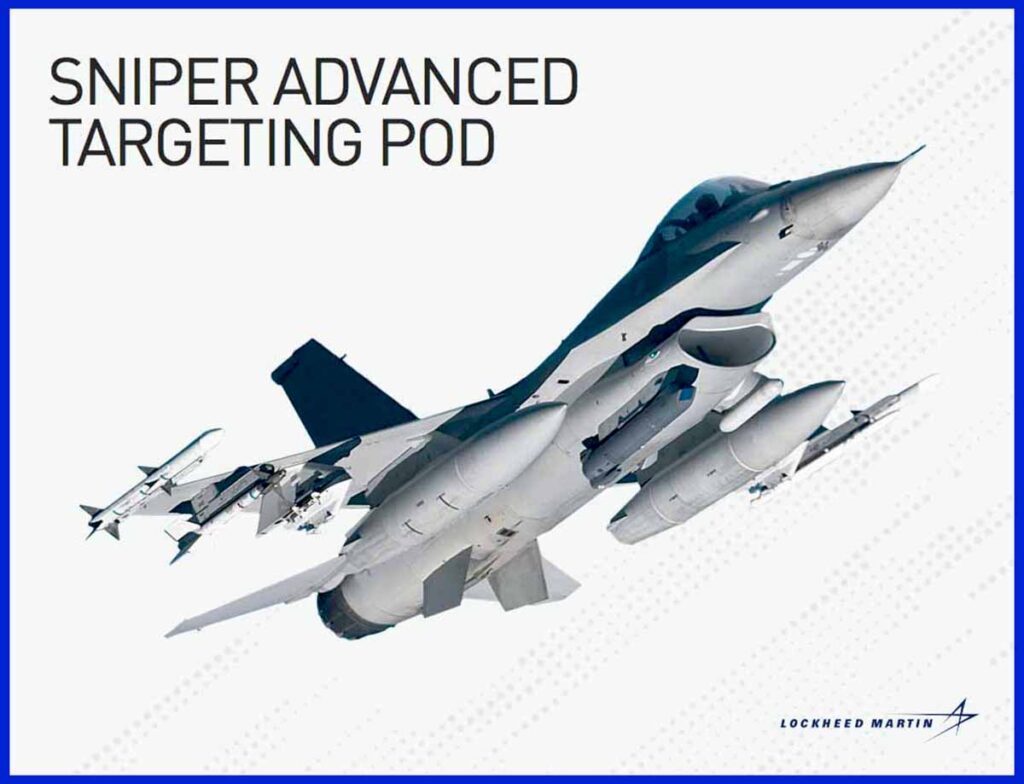
The pod’s advanced technology allows for precise target engagement, minimizing collateral damage and maximizing mission success. It also supports real-time data sharing and connectivity with other aircraft and ground stations, enabling effective coordination and collaboration in complex battlefield scenarios. The Sniper Advanced Targeting Pod plays a crucial role in modern air warfare by enhancing the accuracy and effectiveness of air-to-ground and air-to-air missions.
Interestingly, the Lockheed Martin F-35 Lightning II is equipped with the equivalent of the Sniper XR in its onboard sensors. Designed to fit under the nose of the F-35, it is known under the designation of AN/AAQ-40 (EOTS).
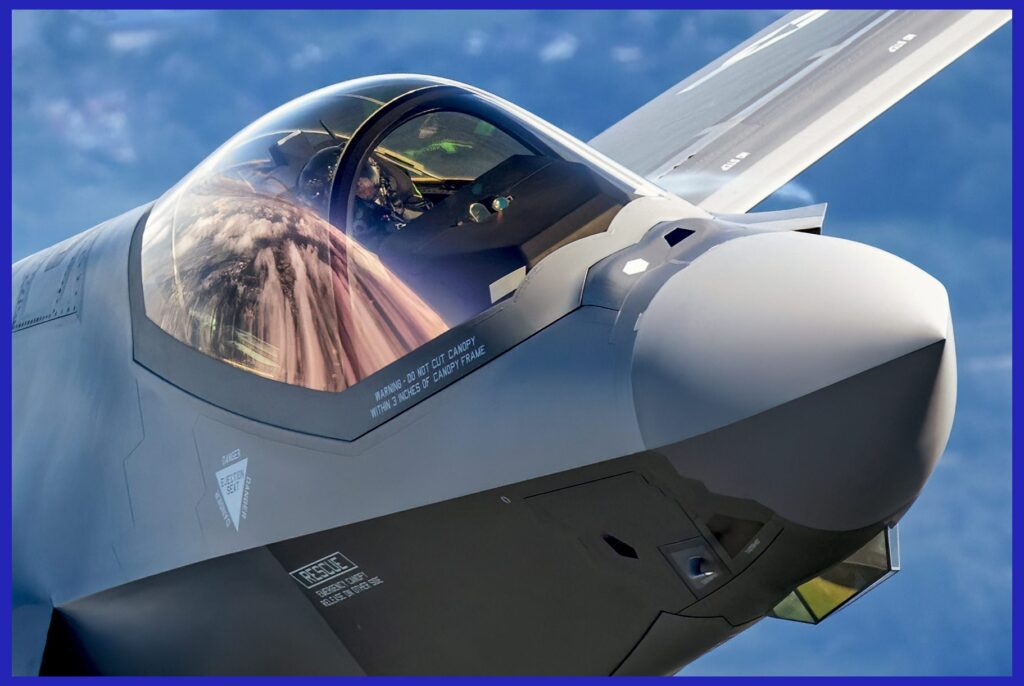
Design Analysis: The Lockheed Martin Sniper Advanced Targeting Pod (ATP)
The Lockheed Martin Sniper Advanced Targeting Pod (ATP) is a state-of-the-art electro-optical and infrared (EO/IR) sensor system designed to provide military aircraft with superior targeting, surveillance, and reconnaissance capabilities.
- Optics and Sensors: The Sniper ATP integrates state-of-the-art sensors that deliver exceptional image quality, offering high-resolution visual and thermal imaging capabilities both day and night. These advanced sensors are instrumental in achieving precise target identification and tracking. Through its image processing capabilities, aircrews can detect, identify, and engage tactical-size targets at distances that exceed the capabilities of most enemy air defences, making it a pivotal asset in missions aimed at neutralizing enemy air defences. Additionally, it provides support for urban engagements beyond the range of jet noise, making it valuable for counter-insurgency operations.
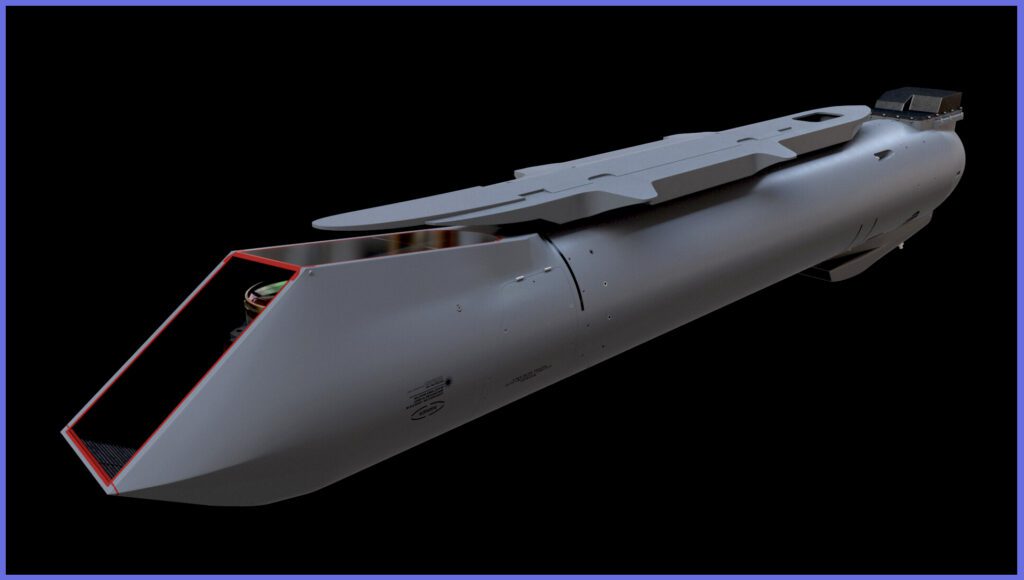
- Laser Designator and Rangefinder: The pod is equipped with a long-range laser designator and rangefinder, empowering pilots to accurately designate targets and measure distances. This capability significantly enhances the precision of laser-guided munitions. Within the pod, there’s a comprehensive suite of features, including a high-definition mid-wave FLIR, dual-mode laser, visible-light HDTV, laser spot tracker, laser marker, video data link, and digital data recorder. With advanced sensors and image processing, which incorporate image stabilization, targets can be identified at ranges that minimize exposure to defensive enemy systems. Additionally, the dual-mode laser offers an eye-safe mode suitable for urban combat and training operations, along with a laser-guided bomb designation laser.
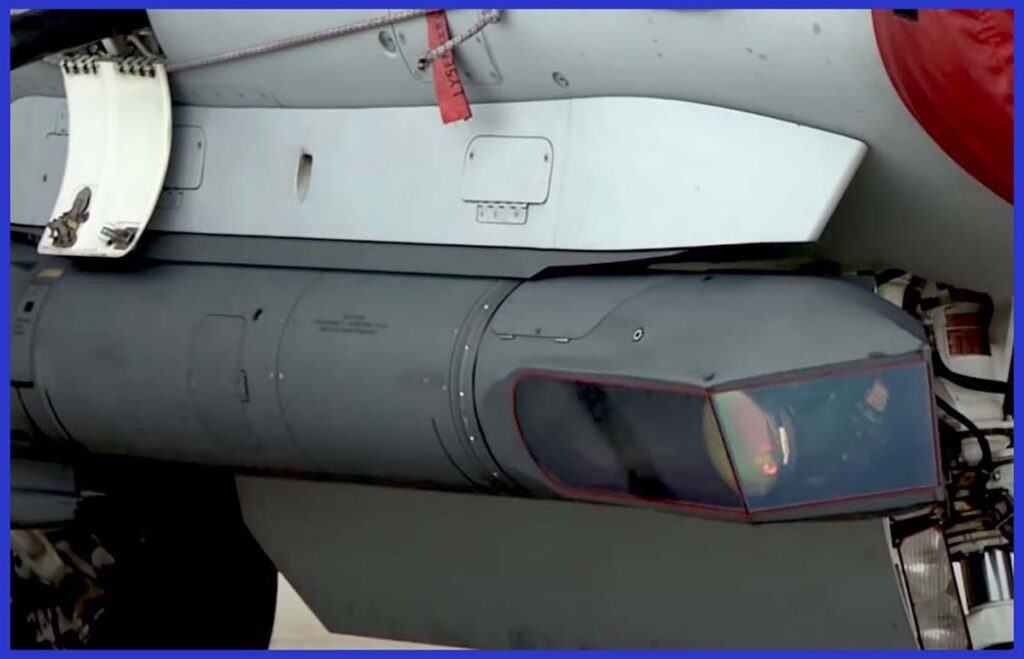
- Integration and Compatibility: The Sniper ATP has been meticulously engineered for effortless integration with a diverse array of military aircraft, encompassing fighter jets and bombers alike. It seamlessly interfaces with the aircraft’s avionics systems, facilitating real-time data sharing and the rapid dissemination of target information. Notably, it delivers a remarkable 5X increase in detection range when compared to the older LANTIRN system. Presently, it is deployed on a variety of U.S. Air Force and multinational aircraft, including the F-16, F-15, B-1B, CF-18, Harrier, A-10, B-52, and Tornado.

- Enhanced Situational Awareness: The pod significantly enhances pilot situational awareness by offering a stabilized and magnified view of the battlefield. This, in turn, aids in the acquisition and tracking of targets, thus reducing the risk of collateral damage. Equipped with a FLIR (Forward-Looking Infrared) system, the pod enables observation and tracking even through smoke, clouds, and in low-light or no-light conditions. Additionally, a CCD camera supports similar operations in visible light, especially suitable for daylight conditions.
To facilitate target coordination with ground and air forces, the pod features a laser spot tracker, a laser marker, and an HDTV-quality video downlink for efficient target detection and identification by ground-based controllers. Notably, the Sniper can provide high-resolution imagery for non-traditional Intelligence, Surveillance, and Reconnaissance (NTISR) missions without occupying the centerline station on small fighter aircraft, and it can maintain surveillance even during aircraft manoeuvres.

- Reliability and Durability: Engineered to endure rigorous environmental conditions and combat scenarios, the Sniper ATP has earned a reputation for its resilience and dependability in operational settings. To facilitate maintenance procedures, the Sniper incorporates a well-thought-out optical bed design, partitioning, and diagnostic features, enabling a two-level maintenance approach and eliminating the need for expensive intermediate-level support. The integration of automated built-in testing further streamlines maintenance tasks, empowering maintenance personnel to isolate and replace a line-replaceable unit in less than 20 minutes, thereby restoring full mission capability.

Present-Day Usage of the Sniper Advanced Targeting Pod (ATP)
The Sniper ATP is presently in operational use across a wide range of military aircraft worldwide. Its versatile applications encompass precise target acquisition, tracking, and designation for both air-to-ground and air-to-air missions. It plays a pivotal role in bolstering close air support, counterinsurgency, and counterterrorism operations, thereby enhancing situational awareness while minimizing collateral damage.
In August 2001, the U.S. Air Force officially selected Lockheed Martin’s Sniper as the victor in the Advanced Targeting Pod (ATP) competition. This contract encompasses the provision of pods, associated equipment, spares, and support for the F-16 and F-15E aircraft, serving the entire force, including both the active-duty Air Force and the Air National Guard.

In 2014, the USAF declared the initial operational capability (IOC) for the Sniper ATP-SE (Sensor Enhancement), which incorporated sensor and networking improvements. The Sniper targeting pod is utilized by the U.S. Air Force on various aircraft, including conventional bombers like the B-52H Stratofortress and B-1B Lancer, as well as fighter aircraft such as the F-15E Strike Eagle, F-16 Fighting Falcon, and A-10 Thunderbolt II.
It was also integrated into the British Harrier GR9 and the Canadian CF-18 Hornet. In 2016, Lockheed Martin announced that Kuwait became the first country to deploy the Sniper on their Eurofighter Typhoon aircraft. As of 2023, a total of 24 countries, including the United States, actively operate this state-of-the-art targeting pod.
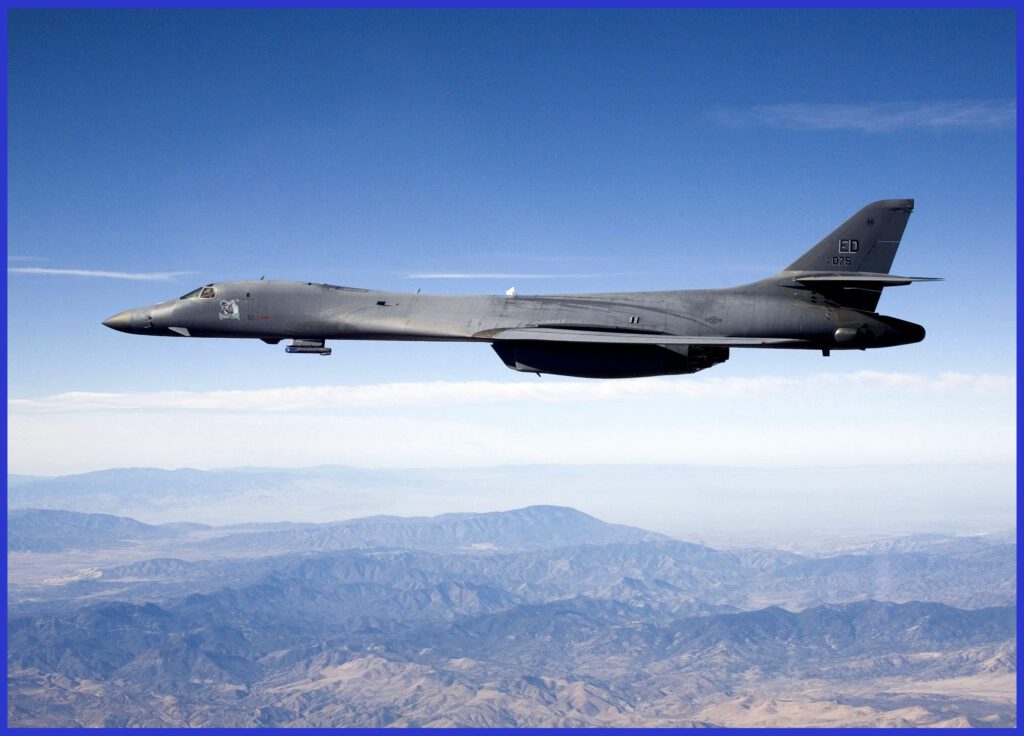
Specifications of the Sniper Advanced Targeting Pod
- Prime contractor: Lockheed Martin
- Primary Purpose: Accurate target identification, automated tracking, and laser designation
- Length: 98.2 inches (252 cm)
- Diameter: 11.9 inches (30.5 cm)
- Weight: 202 kilograms ( 446 lb )
- Aircraft: F-15E, F-16, A-10, B-1 Lancer, B-52, CF-18 Super Hornet, Harrier, Tornado GR4, KAI T-50 Golden Eagle and Mitsubishi F-2
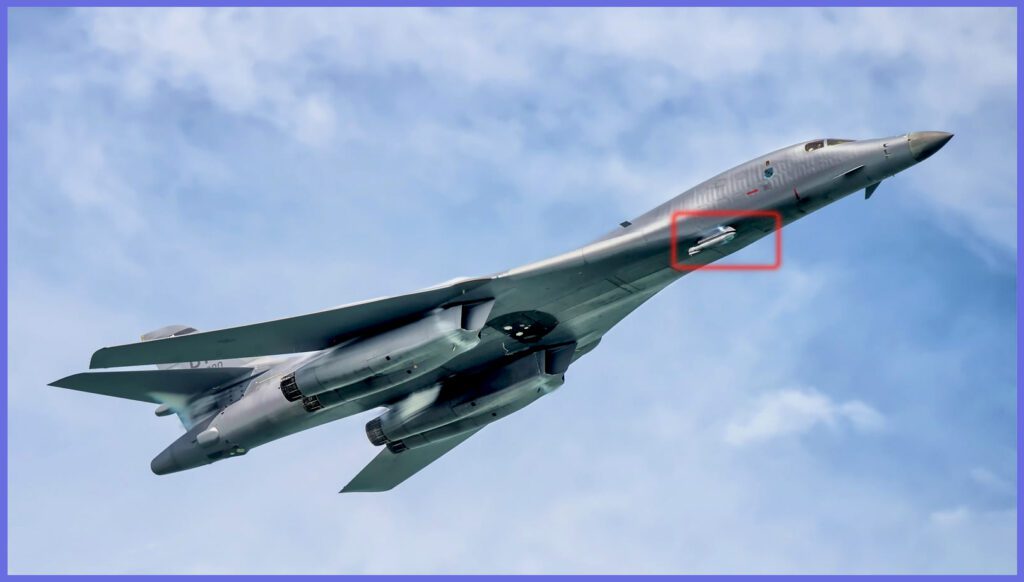
Alongside this article, take advantage of an exclusive opportunity to obtain a stunning 1/100 scale diecast model of the U.S. Air Force Fairchild Republic A-10 Thunderbolt II, affectionately known as the Warthog or Hog. These extraordinary and renowned military aircraft, celebrated as the pinnacle of advanced and sophisticated ground attack planes, are currently offered for sale through AirModels with global delivery options. Act promptly to secure these exceptional models before the limited stock is depleted.

In conclusion, the Sniper Advanced Targeting Pod (ATP) represents a pinnacle of technology in modern military aviation. Its precision targeting, surveillance, and reconnaissance capabilities have become indispensable assets for air forces worldwide. Whether in air-to-ground strikes, air-to-air combat, or support for ground operations, the Sniper ATP continues to play a vital role in enhancing mission success while reducing the risk of unintended harm.
With its proven reliability and adaptability, this advanced system remains at the forefront of military technology, ensuring that armed forces can operate with greater accuracy, efficiency, and confidence in the ever-evolving landscape of modern warfare.

Important Announcement for Our Valued Readers!
After an article is published, it is possible that updates or changes may have occurred beyond the time of publication. Therefore, it is important to be aware that certain information in the article might be outdated. To ensure the most accurate analysis, it is highly recommended to verify the content with the latest sources available.
However, we are dedicated to delivering outstanding articles on military products and global updates. Maintaining quality and smooth operation requires resources. Your support sustains our efforts in providing insightful content. By purchasing high-quality products through our affiliated links, you help us keep our platform alive and acquire top-notch items. Your unwavering support is invaluable and inspires us to strive further.
We welcome your suggestions and requests for more information, as we value feedback from our readers. If there’s specific defence material or equipment not covered on our site, please share your request in the comments. We’ll strive to research and provide the required information. We sincerely thank you for your unwavering interest in our website, and we eagerly anticipate hearing from you! Enjoy your reading experience!
